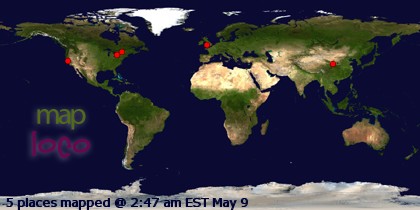So, I thought now would be a good time to share these thoughts with the community of faithful followers of this blog. Here is the initial English draft which was translated into Japanese with a few small bits cut out.
________________
The Significance of the Sword
In my Iaido training in more recent years I have tried my
best to ensure that my activities with Iaido contain both aspects of
Katsujinken and Setsuninto. In the study of Setsuninto, this means training
that is highly technical and concerned with survival in a combat situation. In
this case it is with reference to the main points for examination and judging
taikai particularly those concerned with technical skill that are important:
- Correct height, position and angle of sword
- Correct cutting and drawing
- Correct ashisabaki and taisabaki
- Ma and maai
- Compliance with the main points from the ZNKR Iaido Manual
In the study of Katsujinken, this means that when one is
doing kata one must be aware of the life of ones enemy, not just so that one
can cut down the enemy but that one might prevent the fight and achieve “saya
no uchi no kachi”. In this case it is with reference to the main points for
examination and judging taikai:
- Metsuke
- Zanshin
- Ochitsuke (calmness)
- Depth of training
- Kigurai, hin’i and fukaku
If someone can master these points above then one should be
able to control the encounter: to injure instead of kill; to subdue instead of
injure; to inspire peace rather than war.
When one trains in these Katsujinken points it then becomes
easier to realise that the purpose of one’s training is not just about
self-centred improvement but generally using Iaido to bring good things into
the life of others.
When instructing others in Iaido I try to balance the
emphasis between technical points and those which reflect the mental state.
Through concentration on jo-ha-kyu and kan-kyu-kyo-jaku one is able to quickly
combine and switch between aspects of setsuninto (killing the enemy) and
katsujinken (saving the enemy). Of important consideration I believe that the
–ken of katsujinken refers to the double edged tsurugi with one edge facing the
enemy and one facing the self. In my mind this reverse edge is for the dual
purpose of cutting off unnecessary and unwanted parts of the ego as well as
reminding that any attack on a person is also an attack and a degradation of
the self.
Finally, I try to emphasise to the people that I teach, the
words of our shisho, that the luxury of being able to train in budo is due to
the cooperation and goodwill of others and we should be thankful and
considerate to those that provide that opportunity through their sacrifice.





